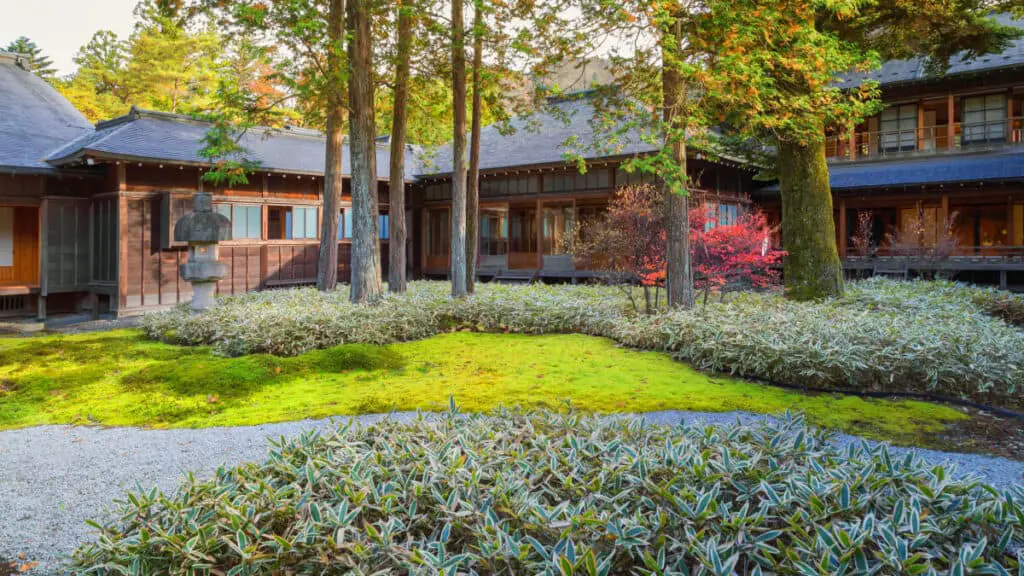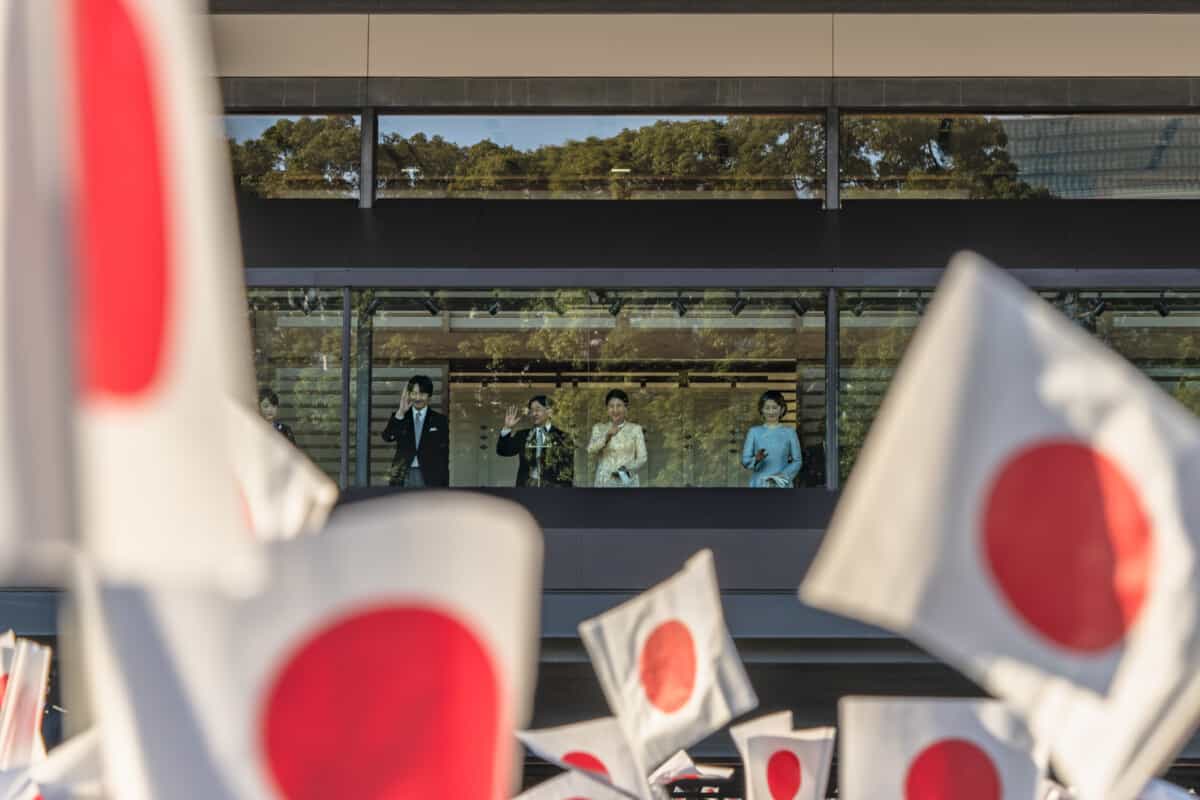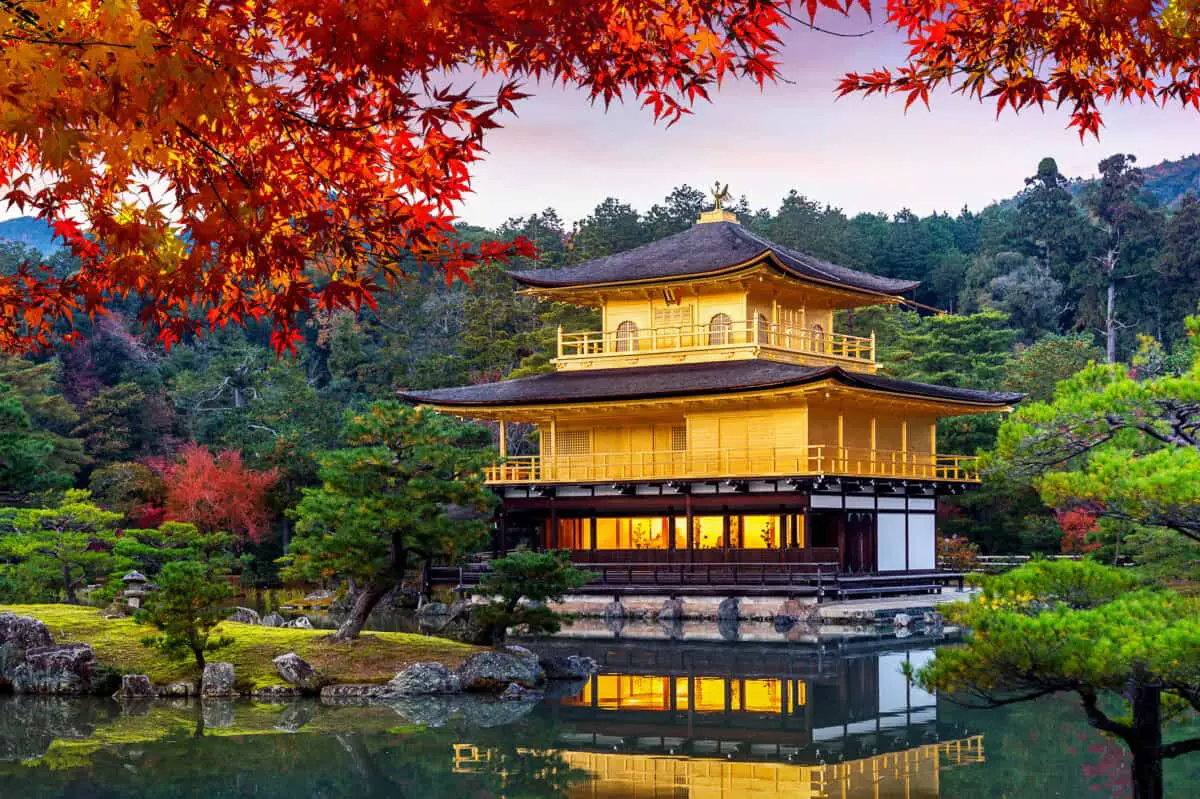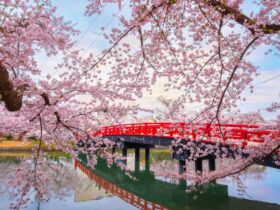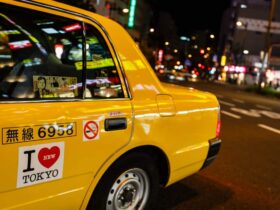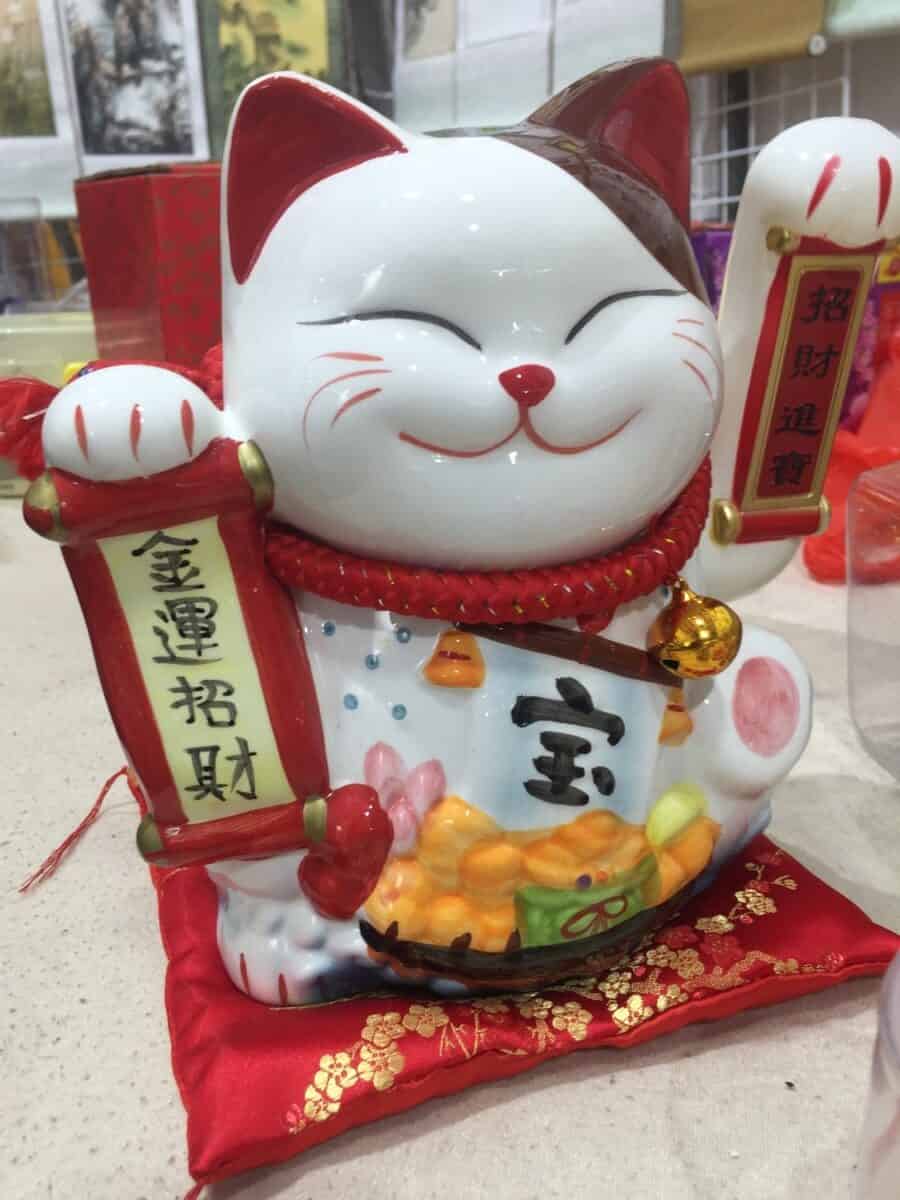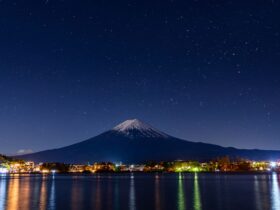The Imperial House of Japan comprises extended Emperor Naruhito’s family members who perform official obligations and duties. Japan’s current Imperial couple are Naruhito and Masako. According to Japan’s current Constitution, the emperor is considered “the emblem of the Japanese State and the people’s unification.”
Continue reading to discover more about the Imperials of Japan, the Emperor, his wife, their extended family, and the places important to the Imperials that you must visit.
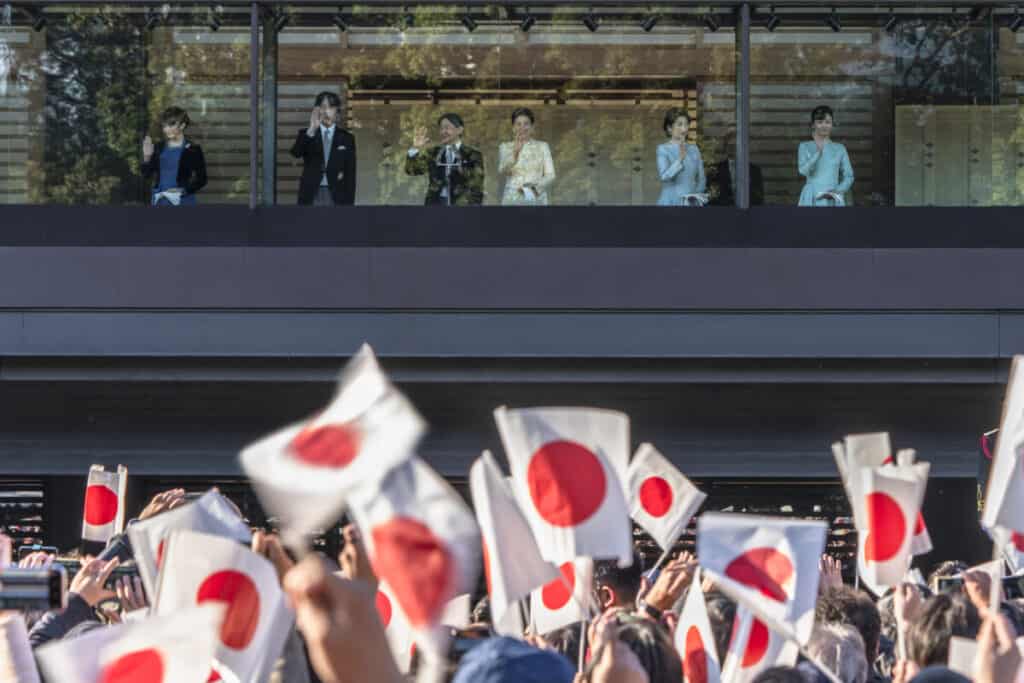
The Imperial House of Japan is The World’s Longest Continuous Hereditary Monarch
Japan’s Imperial House is made up of the Emperor of Japan’s extended family members who perform official and public obligations. The Imperial Family’s other members conduct social and ceremonial commitments but are not involved in government activities. The emperor’s responsibilities are handed down only to their male offspring.
The Imperial House of Japan is said to be the world’s longest-lasting hereditary monarchy. The Imperial House acknowledges 126 monarchs, beginning with the legendary Emperor Jimmu and going up to the present Emperor, Naruhito.
Who is the Current Emperor of Japan?
Naruhito, who ascended to the Japanese throne on May 1, 2019, is the 126th Japanese Emperor. However, his lineage is based on stories found in ancient chronicles such as the Nihon shoki, recorded in the seventh century.
There is no historical evidence for many emperors who reigned from the sixth century onwards, let alone those who reigned from 660 BC onwards when the fabled first emperor Jinmu is claimed to have ascended the throne.
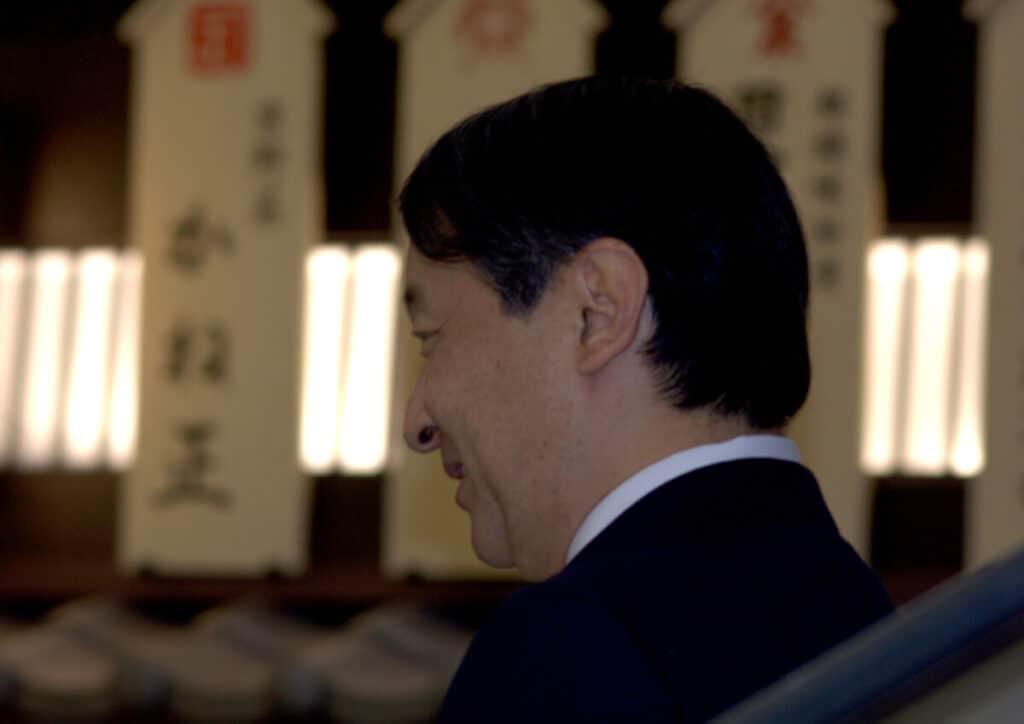
According to legend, Jinmu was a descendant of Amaterasu, the sun goddess, who bestowed upon him three holy treasures: a sword, a mirror, and a diamond.
Since then, Japan’s emperors have taken on a priestly role in leading Shinto rituals and looking after the imperial regalia.
What is the Emperor’s Role in Japan?
The emperor does not play a role in determining the path of national politics, although he does conduct formal and ceremonial governmental responsibilities.
He also meets with visiting royals and heads of state, greets foreign ambassadors and envoys, and meets with all Japanese diplomats and their wives before they depart for their abroad postings.
He attends award ceremonies, tree-planting ceremonies, and other events and presides over various activities, including public meetings, tea-ceremony gatherings, ceremonial feasts, and poetry readings.
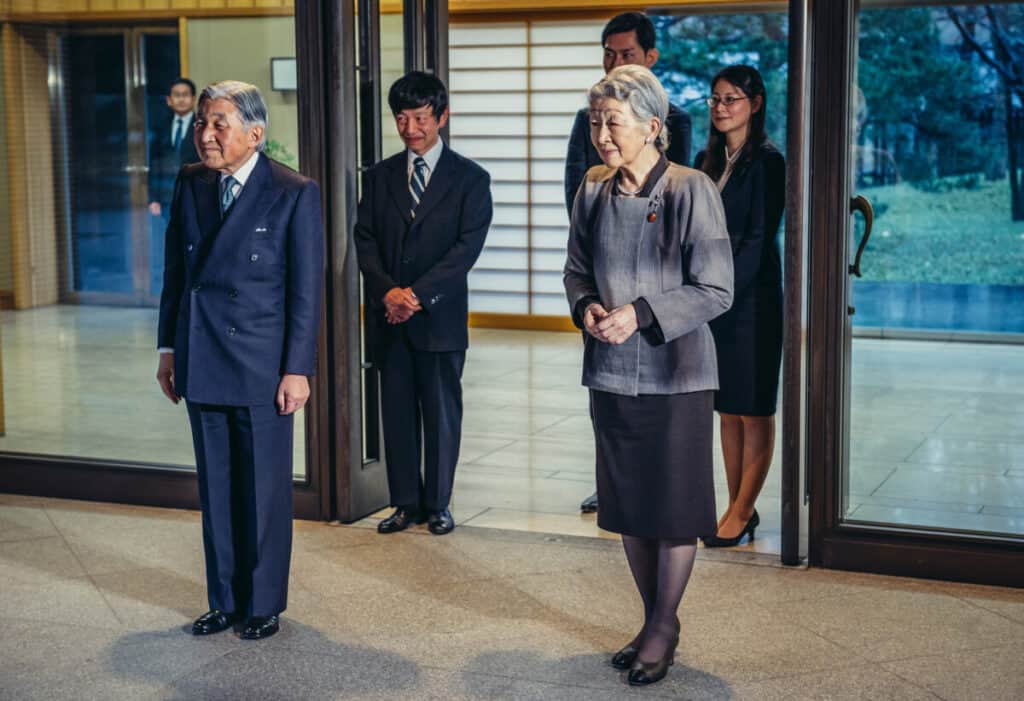
Visits to war monuments to pray for the repose of war victims have also been a part of imperial visits in the past years. Each year, the total number of such functions can exceed 100.
The emperor must travel overseas and regularly visit cultural and economic companies and social welfare facilities in Japan. The Emperor and Empress visit with inhabitants of disaster-stricken areas regularly.
Who is the Empress of Japan?
Masako, whose real name was Owada Masako, was a former Japanese diplomat who married Prince Naruhito in 1993 and became Japan’s crown princess. In May of this year, she was crowned Empress of Japan.
The prince was thrilled when Naruhito and Owada met for the first time in 1986 at a tea reception. Owada, on the other hand, was said to be uninterested in romance.
Women had attained an unusual amount of independence in Japan by that time, which Owada would lose if she married.
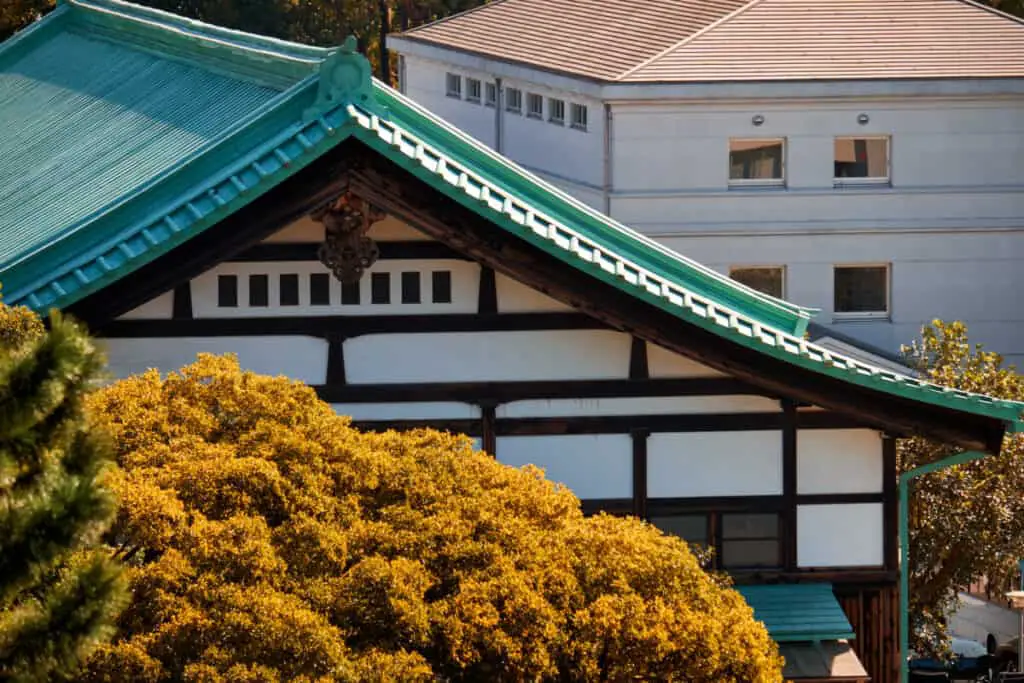
She’d also have to give up her successful diplomatic job in exchange for a life in the imperial household, where the emperor’s family has traditionally lacked privacy and autonomy.
Owada did not eventually accept Naruhito’s request until December 1992.
When Did the Emperor and Empress Get Married?
Their much-anticipated wedding took place in Tokyo, Japan, on June 9, 1993, in front of a global audience. Following his father’s tradition, Naruhito had married a commoner, Emperor Akihito.
Do the Emperor and Empress Have Any Children Together?
Throughout the 1990s, pressure built on the Emperor and Empress to have a son since only a boy could succeed in Naruhito’s throne under Japanese law. Due to this circumstance, Masako mainly ceased traveling.
Princess Aiko, her daughter, was born in 2001 after a miscarriage in 1999. This heightened the need for a son, especially as the royal princess approached her forties.
Masako’s trips were curtailed, and she was never longer seen in public, and by 2004, she had been diagnosed with an unreleased stress-related health problem.
Masako did not have another child, but in 2006, Prince Akishino, Naruhito’s younger brother, and his wife gave birth to a son, which ended the succession dispute. Her condition has now improved, according to reports.
What is it Like to be a Member of the Japanese Imperial Family?
The imperial family does not have a common surname and instead uses given names. Emperor Showa was known as Hirohito during his lifetime; after his death, the emperor was given the name of his reigning period.
Naruhito and Masako are the current imperial couple. Emperor Emeritus Akihito and Empress Emerita Michiko, Naruhito’s parents, are now recognized as Emperor Emeritus Akihito and Empress Emerita Michiko.
Men born into the imperial family who are not directly in the line of succession are always given new titles to symbolize founding new houses when they marry.
Fumihito, Akihito’s second son, was given the title Prince Akishino before becoming Crown Prince after his brother took the throne.
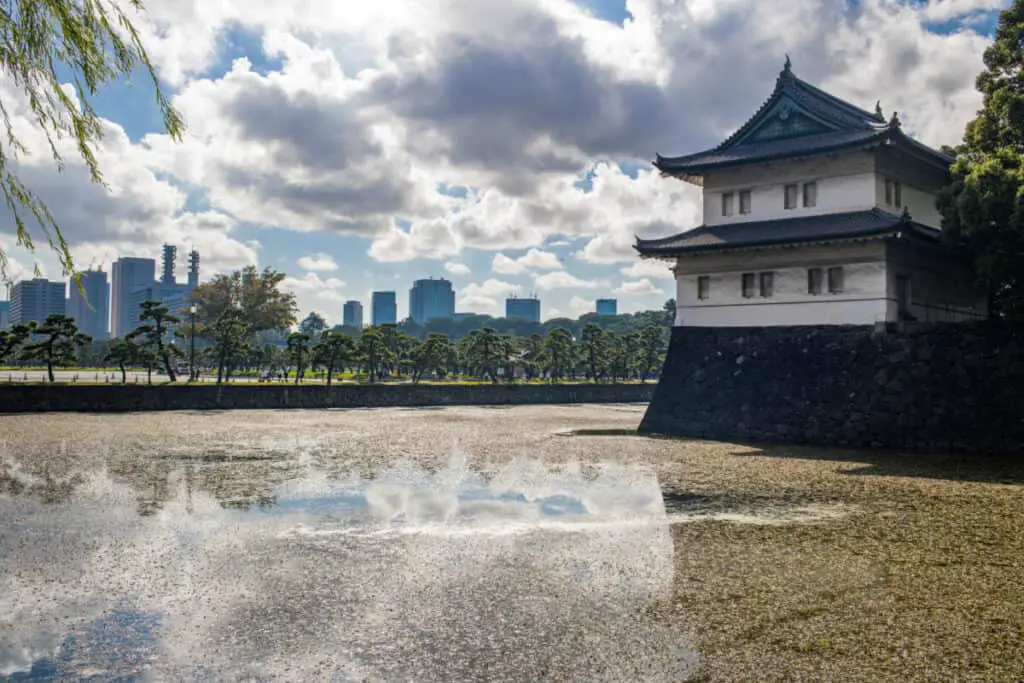
Imperial family members are not allowed to pick their occupations freely. They can only work for non-profit organizations dedicated to the common good, and the emperor’s approval is necessary.
They cannot vote or seek office and must focus on their official responsibilities. The state owns the imperial assets.
The emperor and his family are not permitted to adopt children. Men in the imperial family who want to marry must first have the Imperial House Council’s consent.
Female members can pick their mates, but they lose their imperial rank if they marry outside the family.
Imperial Family-Related Tourist Attractions
Aside from the present royal palace in the heart of Tokyo, there are a few more past imperial palaces worth seeing for tourists. While tourists are not permitted to enter most of the royal structures, one can view portions of the grounds, specifically the East Gardens.
Visit The Imperial Palaces in Japan
The Imperial Palace, Tokyo, Japan
The Tokyo Imperial Palace is a short walk from Tokyo Station and is located in downtown Tokyo on the old grounds of Edo Castle. It comprises a vast park encircled by the medieval castle’s moats and spectacular stone walls.
The East Gardens and the outlying palace grounds are available to the public all year. On January 2, a New Year’s Greeting, and December 23, the Emperor’s Birthday, guided tours or self-directed tours of the inner palace grounds are available.
Imperial Palace Tokyo Official Website
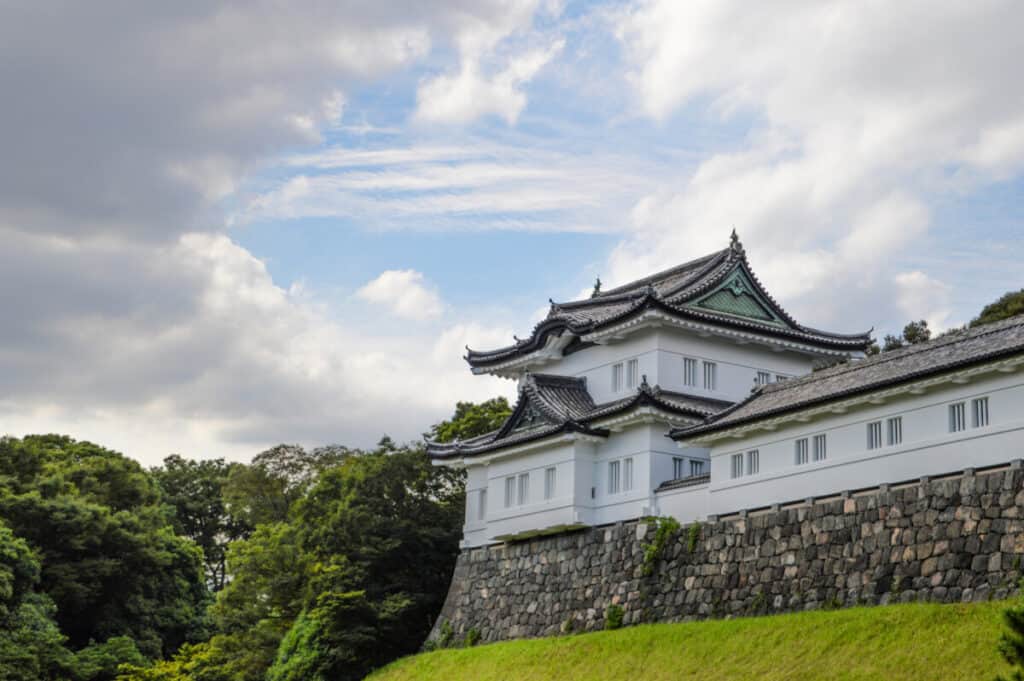
Sento Palace, Kyoto, Japan
The Sento Imperial Home, which was established in 1630 as Emperor Gomizuno’s retirement palace and later became the palace for following retiring monarchs, is located in Kyoto Imperial Park.
The ancient royal structures have been destroyed over time, and the palace’s exquisite walking garden is now the major attraction. Only guided excursions are permitted within the grounds.
Sento Palace Kyoto Official Website
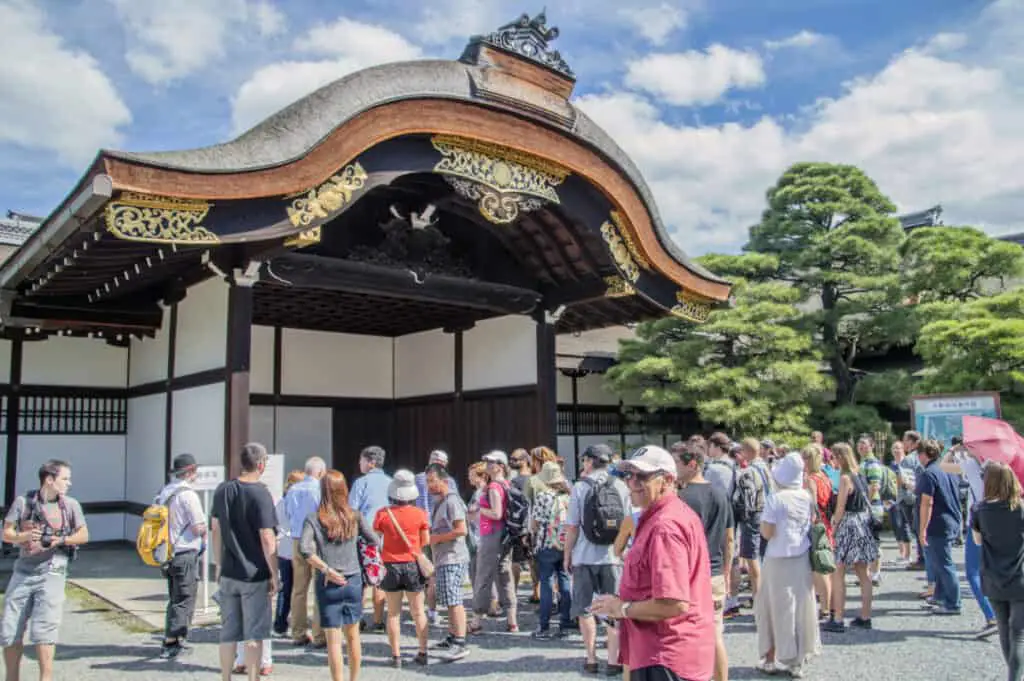
Kyoto Imperial Palace, Kyoto, Japan
The Imperial Family lived at the Kyoto Imperial Palace until 1868 when the capital was relocated from Kyoto to Tokyo.
It is now a part of Kyoto Imperial Park, which is rather large. With multiple entrances, halls, and gardens, long walls surround the palace.
Visitors have access to the palace grounds, but the palace structures themselves are not open.
Kyoto Imperial Palace Official Website
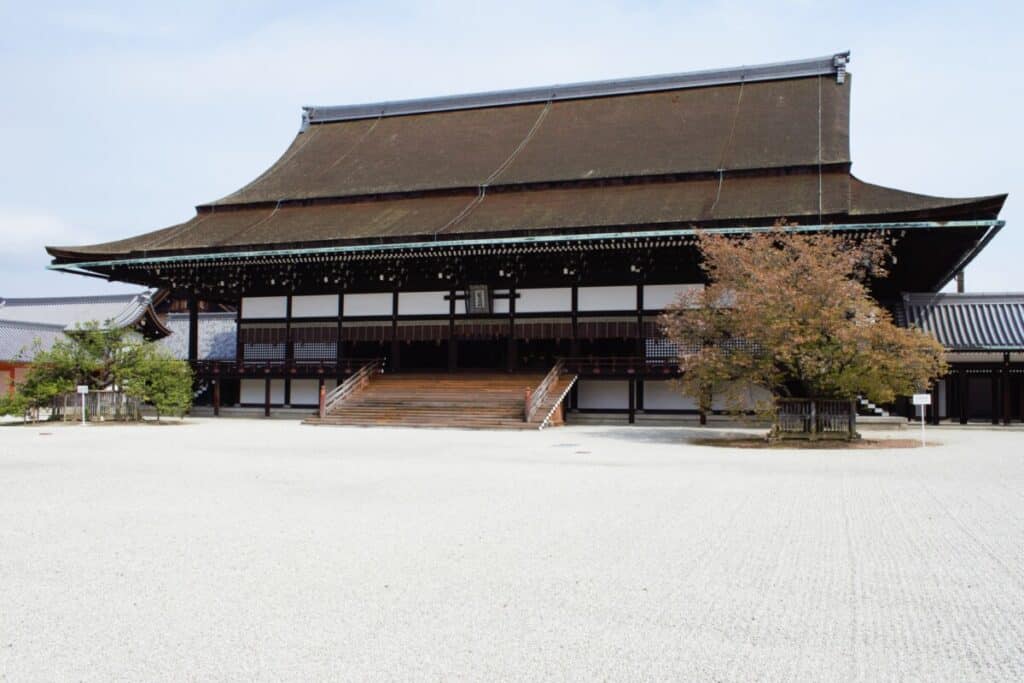
Visit the Imperial Villas of Japan
Katsura Villa, Kyoto, Japan
The Katsura Imperial Villa was built in 1645 as a palace for Japan’s Imperial Family members. On a guided tour, visitors may see the famous villa from the outside and its manicured gardens.
Katsura Villa Official Website
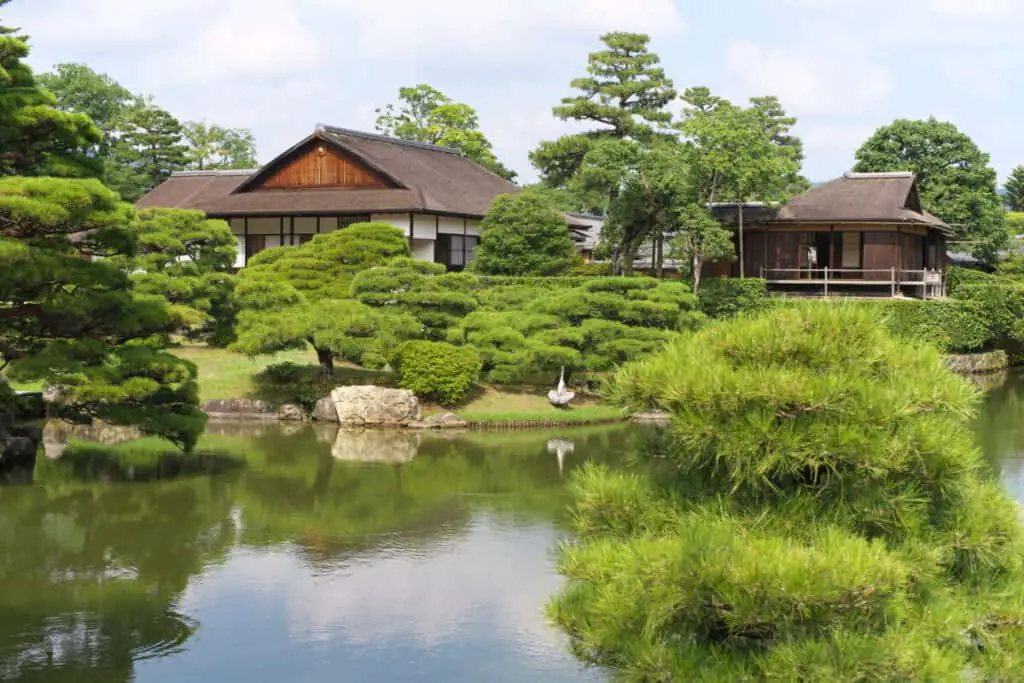
Ninnaji Temple, Kyoto, Japan
Ninnaji is considered a Unesco World Heritage Site in Kyoto, where a royal mansion has been converted into a shrine.
Ninnaji’s chief priests were once members of the Imperial Family, and the temple was dubbed the Omuro Imperial Palace.
Covered passageways join the temple complex’s beautiful structures in the form of an imperial palace. They have lovely rock and pond gardens and tastefully painted sliding doors.
Ninnaji Temple Official Website
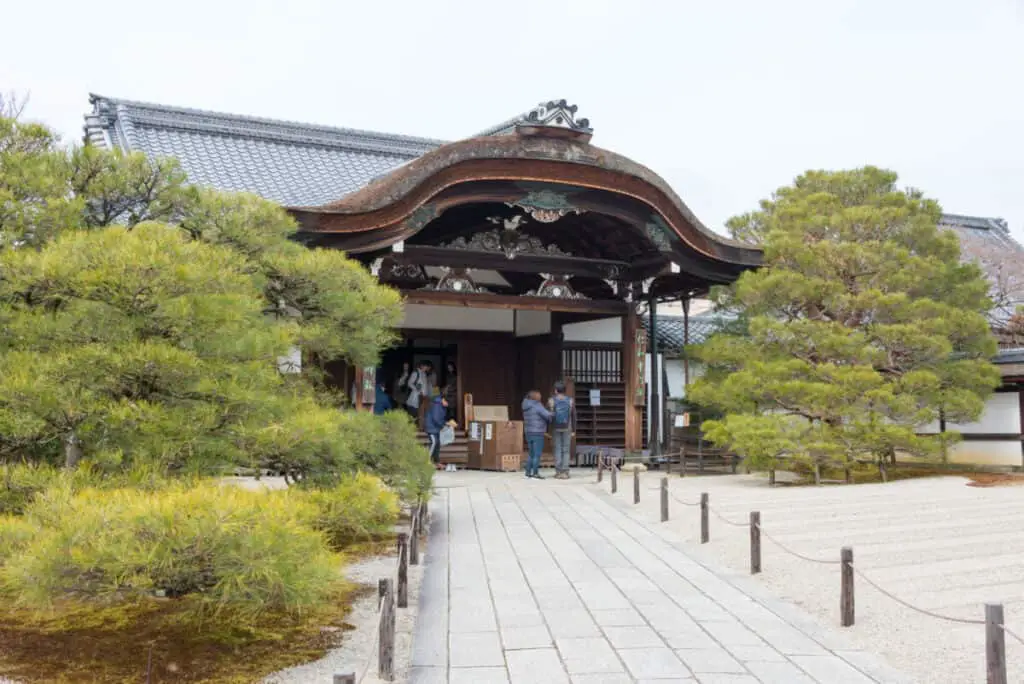
Tamozawa Villa, Nikko, Japan
The Tamozawa Imperial Villa was initially built as the Tokyo home of a Tokugawa branch family. However, it was later converted into a retreat for the Imperial Family and relocated to Nikko.
It is one of Japan’s most prominent surviving wooden structures, combining architectural styles from the Edo and Meiji periods. The villa now serves as a museum and memorial garden, with bilingual exhibits available to visitors.
Tamozawa Villa Official Website
